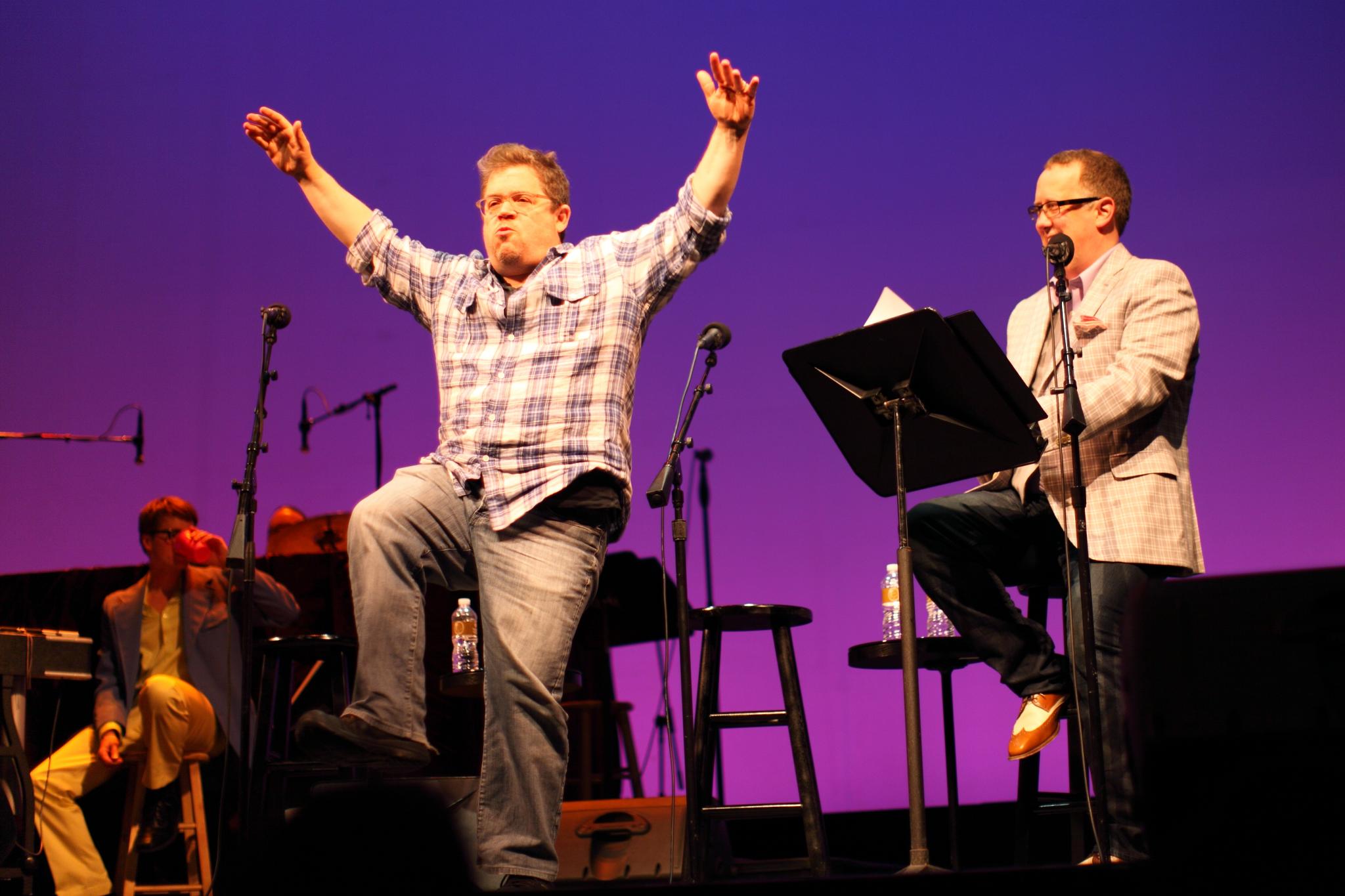Tulsa Race Massacre: 100 Years Later
In 2021, national attention turned to Tulsa, OK. It became the epicenter of discussions on race. 100 years earlier, Tulsa’s Greenwood District, home to some of the most affluent Black citizens in America, was destroyed and an estimated 300 people were killed. The events of May 31 and June 1, 1921 became known as the Tulsa Race Massacre. Even by low estimates, the Tulsa Race Massacre stands as one of the deadliest racially motivated attacks in U.S. history. The events were actively suppressed—it wasn’t even taught in Oklahoma schools until 2009.
As Oklahoma’s storyteller, OETA is mission-driven to reflect the state’s history, culture, and people—especially by sharing difficult stories. OETA recognized the need for Black Tulsans to share the story Black Wall Street before 1921, the effect of the Tulsa Race Massacre, and the future they envision. This was unlike any other project OETA has ever undertaken. In November of 2019, two separate documentary teams, one focusing on Oklahoma history and the other which shines a spotlight on Oklahoma art, joined forces to create a special, one-hour production called, “Tulsa Race Massacre: 100 Years Later.” The Marketing and Communications and Education teams were included from the outset of planning, frequent communication led to smooth workflows, outstanding promotion, and new community engagement opportunities.
The program premiered on May 31, 2021—exactly 100 years since the Tulsa Race Massacre took place. Ahead of the premiere, OETA hosted a virtual screening and panel discussion. Participants heard from Quaraysh Ali Lansana; Rev. Dr. Robert Turner, pastor of Tulsa’s historic Vernon AME Church; Brenda Nails-Alford, granddaughter of 1921 Tulsa Race Massacre survivors; and Robert Burch, program producer/writer. After the premiere, OETA allowed community organizations from across the state to host screenings. Partners were encouraged to host thought-provoking events to foster conversations on race and resilience. Community screenings could be held virtually or in person in accordance with CDC recommendations. They received a digital version of the documentary, promotional posters and access to a promotional toolkit which includes promos, social media assets, a sample press release, and more.
Key Takeaways:
Recognize and address racial/cultural needs;
Adapt teams and workflows; and
Best practices for implementing new community engagement opportunities.



